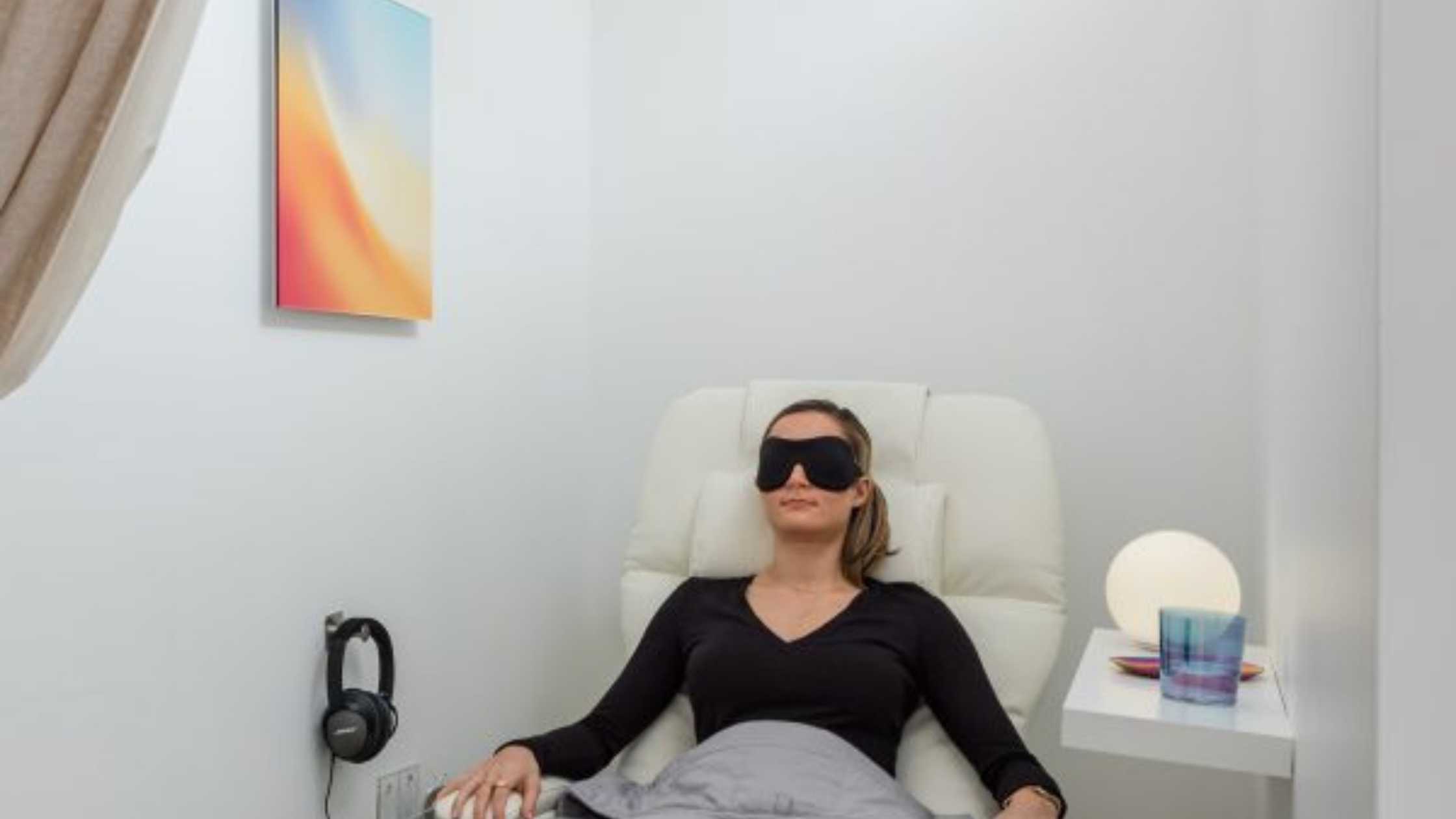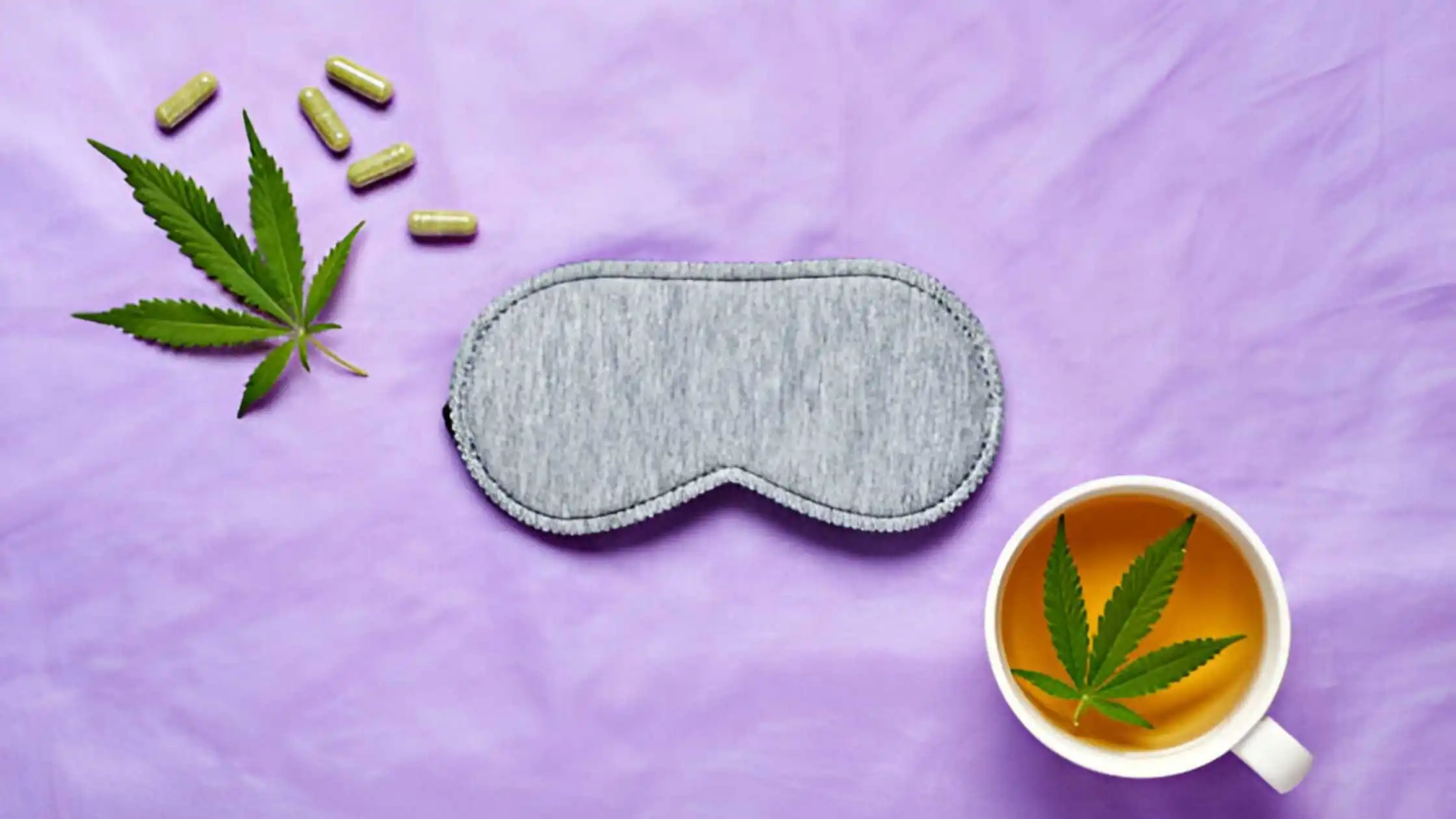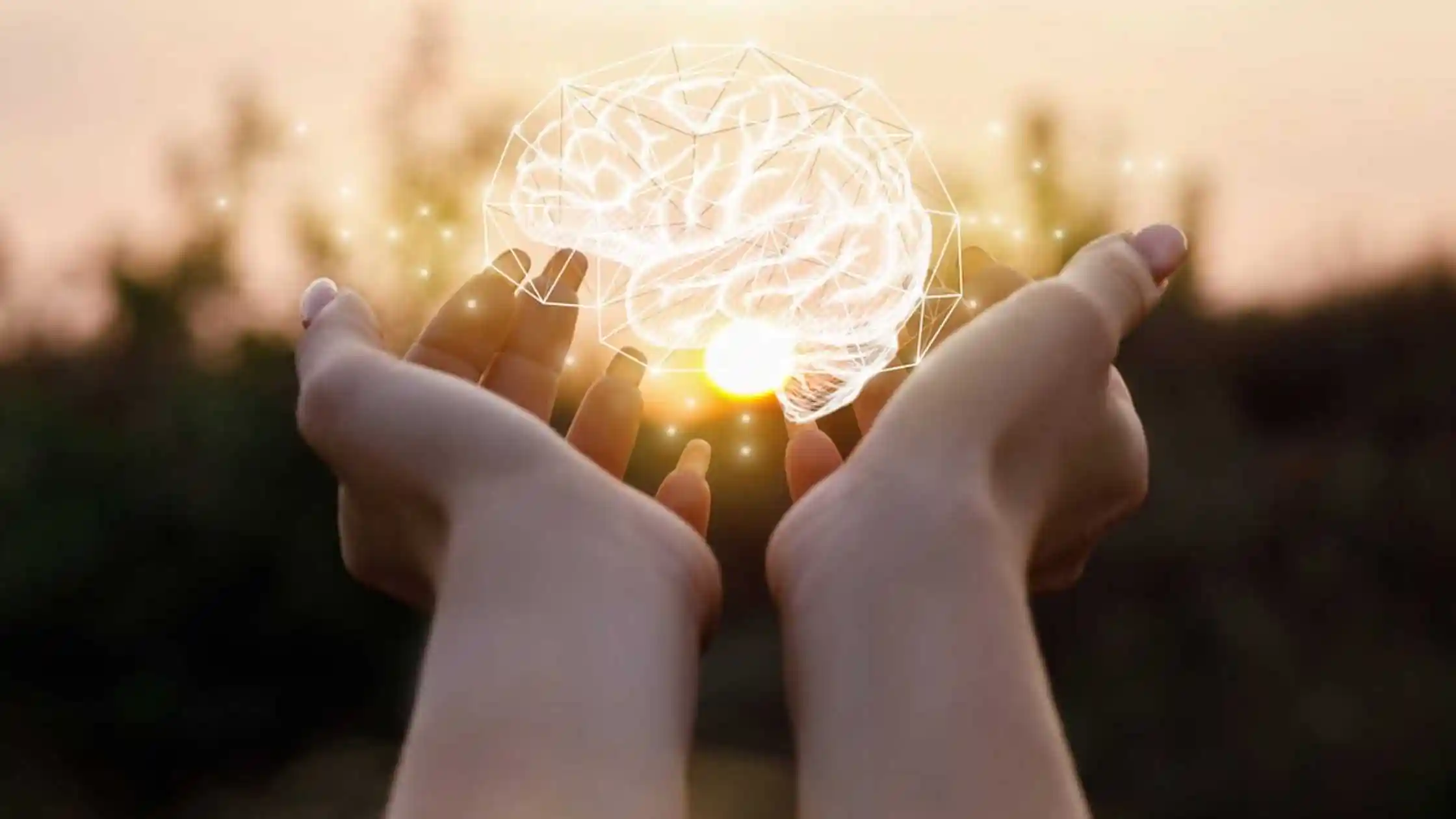The psychedelics industry today has focused mostly on finding, patenting, and taking to clinical trials some version of a psychedelic substance.
But now that these substances are going deeper into clinical trials than ever before, the goals that researchers are working to achieve within a relatively straightforward biotech development cycle are to make psychedelics less “out there,” and transition them into more reliable and available mental health wellness treatment they are meant to be.
Here’s a look at three goals that researchers are working on now as the next phase of psychedelics development begins.
- Timing the good. The length of time of a psychedelic experience can vary widely from psychedelic to psychedelic. The effects of psilocybin can be felt in about 30 minutes and can last up to 8 hours. MDMA begins to come on within 20 minutes after ingestion, peaks at two hours, and lasts about 3-6 hours. Ibogaine affects the user within two hours and can last up to 48 hours. The entire powerful DMT experience begins and ends within 25 minutes. So far, the only way to control the length of the effect is by taking less of the substance. That’s why microdosing has become popular—taking just five to 10 percent of a full dose of psilocybin or LSD—limiting how long the effect lasts. Even at these small doses, the psychedelic still does the good that the user wants. Using neuroimaging technology, researchers have shown changes in brain activity and connectivity after single small doses of LSD that are similar to what’s seen with larger amounts of the drug. And a study published in “Neuropsychopharmacology” found that a microdose of psilocybin activated nearly half of the specific type of serotonin receptors that psychedelics act on to produce their hallucinogenic effects. But researchers caution more work is needed to determine what a good microdose level is based on the psychedelic used, the weight of the person using it, the functional level they want to maintain, and other factors.
- Engineering out the bad.The actual psychedelic experience has been described as creating moments of terror, high anxiety, ego-dissolution, mystical experiences—all of which become a barrier for people who don’t want to experience an unexpected nightmare on their way to better mental health wellness. Researchers are fixing that. One example: Researchers working with ibogaine to find ways to reduce its toxicity, hallucinogenic potential, and penchant for inducing cardiac arrhythmias, have identified the key structural elements of its potential therapeutic molecule. They were able to engineer tabernanthalog (TBG)—a water soluble, non-hallucinogenic, non-toxic analog of ibogaine that can be prepared in a single step. They discovered that TBG promoted structural neural plasticity, reduced alcohol- and heroin-seeking behavior, and produced antidepressant-like effects in rodents. “This work demonstrates that through careful chemical design, it is possible to modify a psychedelic compound to produce a safer, non-hallucinogenic variant with therapeutic potential,” the researchers concluded. One company working on creating a non-hallucinogenic psychedelic, Delix Therapeutics, says these products offer the potential to democratize access to life-altering medicines by removing the liabilities of traditional psychedelics, according to Delix CEO Mark Rus in an interview with “Technology Networks.”
“This approach will address a number of those scalability issues by allowing people to have the option of a potentially safer, effective novel psychoplastogen (non-hallucinogenic psychedelic compound) therapeutic in their medicine cabinet.”
- Bringing it home. Set and setting are critical to a successful psychedelics-assisted psychotherapy session. But bringing someone into a lab-like setting with two strangers hovering over them while they are incapacitated for hours can work against the mind-calming effects that the session hopes to attain. Field Trip Health (NASDAQ: FTRP) is one of the psychedelic companies changing all that. Working together with a telehealth company, Nue Life, Field Trip offers 1 month, at-home ketamine treatments available in 10 states. Their six ketamine sessions includes four virtual group integration sessions and one health coaching session. Another company, MindBloom, was launched in 2019 as one of the first mental health and wellness platforms in psychedelic telemedicine. Each of their ketamine patients is paired with a psychiatric clinician and a psychedelic guide working with them virtually at home through six sessions. These early psychedelic telemedicine companies are just beginning to show promise, though whether psychedelic telemedicine can work with psilocybin, LSD, or MDMA is still questionable.
Disclaimer: https://www.greenmarketreport.com/3-goals-of-next-gen-psychedelics
Posted by: Times Of Hemp , TOH , #TOH , #TimesOfHemp





